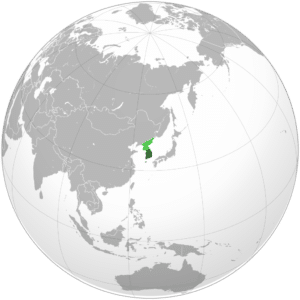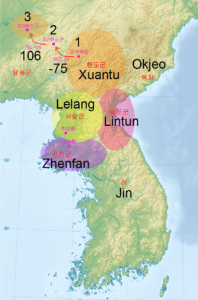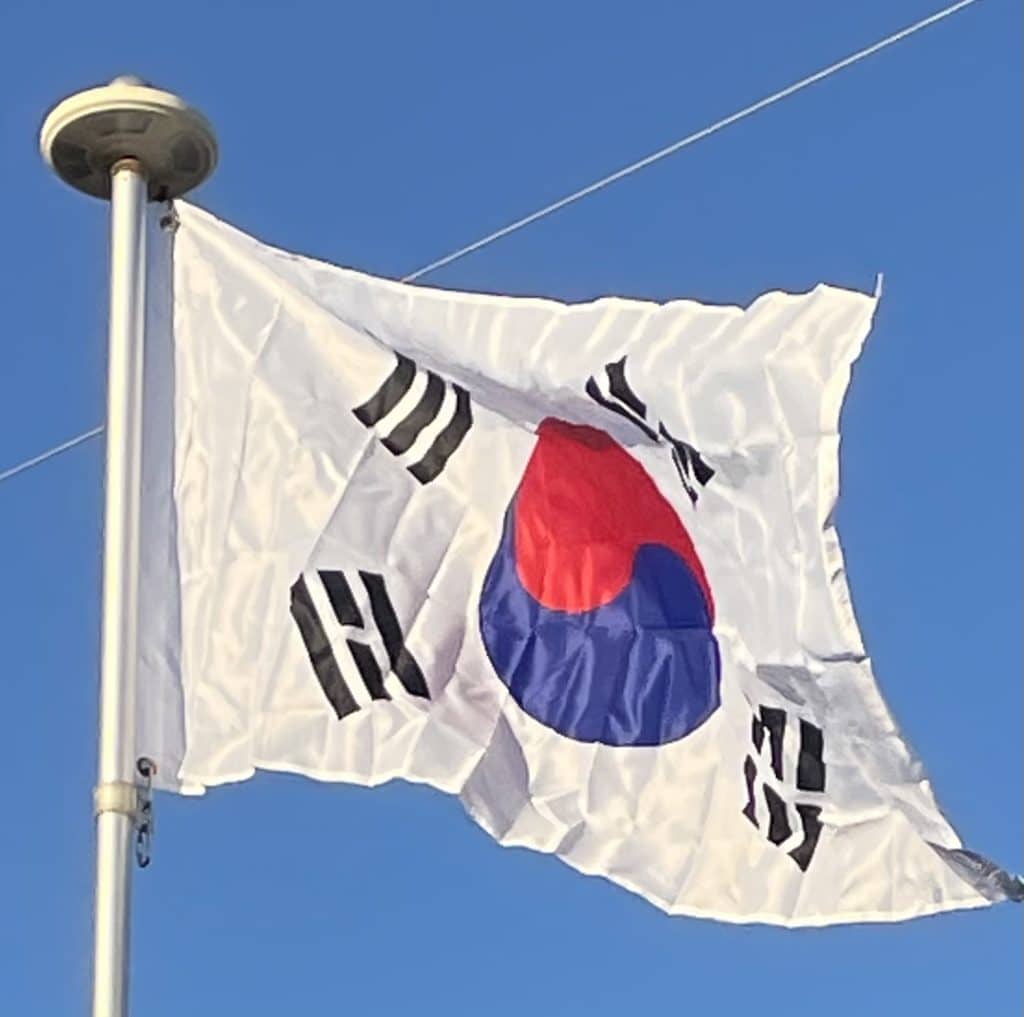Introduction:
South Korea, officially the Republic of Korea, is a country in East Asia, constituting the southern part of the Korean Peninsula and sharing a land border with North Korea.
The name Korea is derived from Goguryeo, which was one of the great powers in East Asia during its time, ruling most of the Korean Peninsula, Manchuria, parts of the Russian Far East and Inner Mongolia under Gwanggaeto the Great. Half of South Korea’s over 51 million people live in the Seoul Capital Area, the fourth largest metropolitan economy in the world.

The Korean Peninsula was inhabited as early as the Lower Paleolithic period. Its first kingdom was noted in Chinese records in the early 7th century BC. Following the unification of the Three Kingdoms of Korea into Silla and Balhae in the late 7th century, Korea was ruled by the Goryeo dynasty (918–1392) and the Joseon dynasty (1392–1897). The succeeding Korean Empire was annexed into the Empire of Japan in 1910. After World War II, Korea was divided into Soviet and U.S.-administered zones, with the latter becoming the Republic of Korea in August 1948. In 1950, a North Korean invasion began the Korean War and after its end in 1953, the country’s economy began to soar, recording the fastest rise in average GDP per capita in the world between 1980 and 1990. The June Struggle led to the end of authoritarian rule in 1987 and the country is now the most advanced democracy and has the highest level of press freedom in Asia. South Korea is a member of the OECD’s Development Assistance Committee, the G20 and the Paris Club.
South Korea is a highly developed country, ranked the third highest in Asia after Singapore and Japan. It has the world’s 12th-largest economy by nominal GDP. Its citizens enjoy one of the world’s fastest Internet connection speeds and the most dense high-speed railway network. The country is the world’s 5th largest exporter and 8th largest importer. Since the 21st century, South Korea has been renowned for its globally influential pop culture, particularly in music (K-pop), TV dramas and cinema, a phenomenon referred to as the Korean Wave.
History:
Ancient Korea:
The Korean Peninsula was inhabited as early as the Lower Paleolithic period. The history of Korea begins with the founding of Joseon (also known as “Gojoseon”, or Old Joseon, to differentiate it with the 14th century dynasty) in 2333 BCE by Dangun, according to Korea’s foundation mythology. Gojoseon was noted in Chinese records in the early 7th century. Gojoseon expanded until it controlled the northern Korean Peninsula and parts of Manchuria. Gija Joseon was purportedly founded in the 12th century BC, but its existence and role have been controversial in the modern era. In 108 BCE, the Han dynasty defeated Wiman Joseon and installed four commanderies in the northern Korean peninsula.

Three of the commanderies fell or retreated westward within a few decades. As Lelang commandery was destroyed and rebuilt around this time, the place gradually moved toward Liaodong. Thus, its force was diminished and it only served as a trade center until it was conquered by Goguryeo in 313.
Three Kingdoms of Korea:
During the period known as the Proto–Three Kingdoms of Korea, the states of Buyeo, Okjeo, Dongye and Samhan occupied the whole Korean peninsula and southern Manchuria. From them, Goguryeo, Baekje and Silla emerged to control the peninsula as the Three Kingdoms of Korea.
